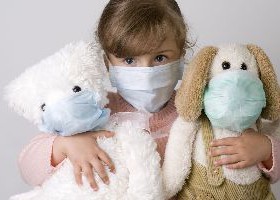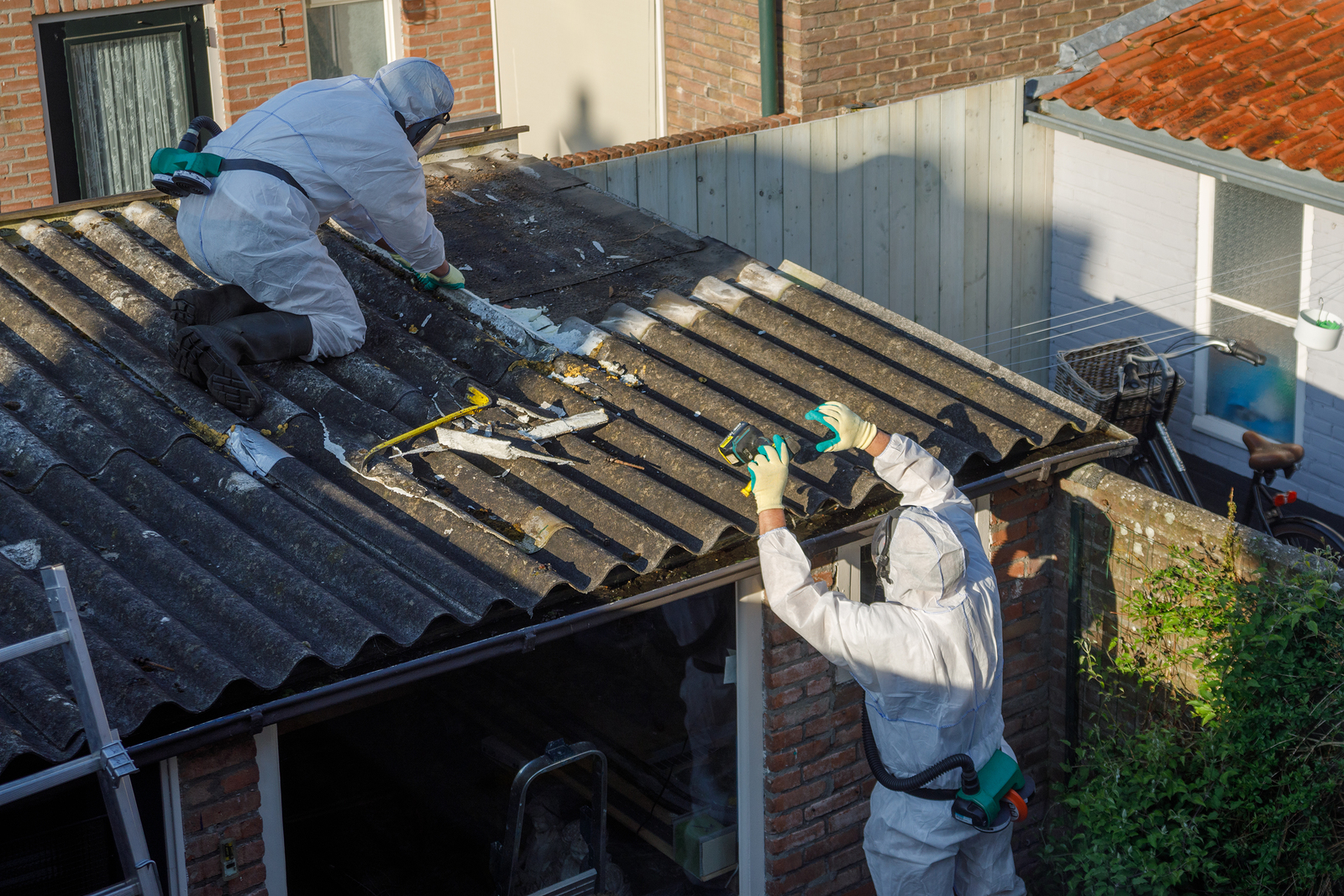| 1 | 2 | |
|---|---|---|
Program Contacts |
||
| John Sobolewski REHS Deputy Director 216.201.2000 ext 1515 jsobolewski@ccbh.net |
Stephanie McConoughey REHS Program Manager 216.201.2000 ext 1244 smcconoughey@ccbh.net |
|
Asbestos
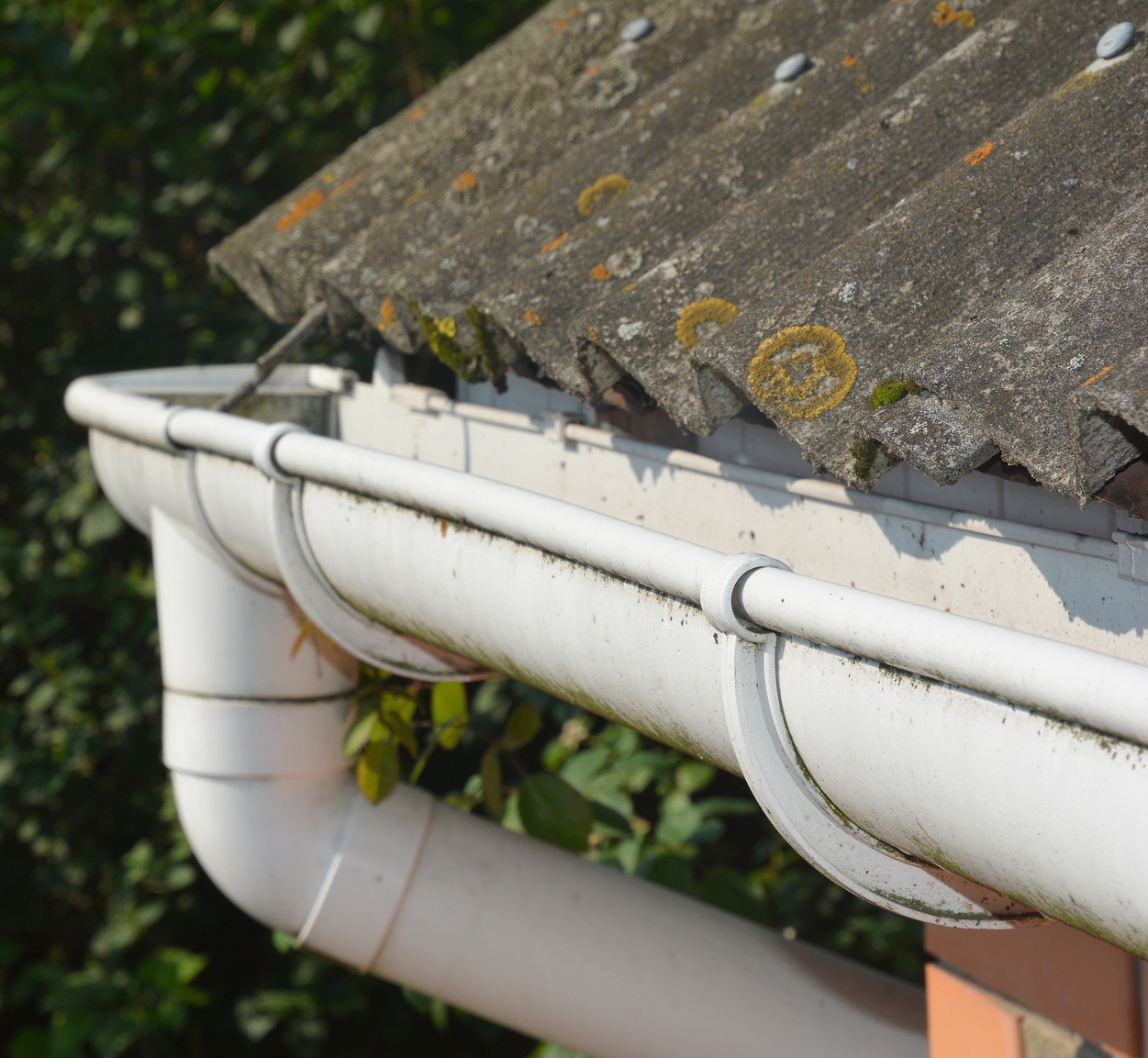
“Asbestos” is a commercial name, not a mineralogical definition, given to a variety of six naturally-occurring fibrous minerals. It is a mineral fiber that occurs in rock and soil. Due to its fiber strength and heat resistance, asbestos has been used in a variety of building construction materials for insulation and as a fire retardant.
Asbestos may be found in these products:
- Attic and wall insulation containing vermiculite
- Automobile brakes, clutches and transmission parts
- Heat-resistant fabrics
- Hot water and steam pipes coated with asbestos material or covered with an asbestos blanket or tape
- Oil and coal furnaces and door gaskets with asbestos insulation
- Roofing and siding shingles
- Textured paint and patching compounds used on wall and ceilings
- Vinyl floor tiles and the backing on vinyl sheet flooring and adhesives
- Walls and floors around wood-burning stoves protected with asbestos paper, millboard, or cement sheets
Asbestos fibers may be released into the air by the disturbance of asbestos-containing material during product use, demolition work, building or home maintenance, repair, and remodeling. In general, exposure may occur only when the asbestos-containing material is disturbed or damaged in some way to release particles and fibers into the air.
Unless the material, such as vermiculite insulation, is labeled as asbestos, you cannot tell if it contains asbestos. If you suspect vermiculite insulation is in your home, the safest thing is to leave the material alone.
If you decide to remove or must otherwise disturb the material due to a renovation project, the Ohio Department of Health recommends that you first contact an Asbestos Hazard Evaluation Specialist to determine if the insulation contains asbestos. If the insulation is determined to contain asbestos, then contact a licensed Asbestos Hazard Abatement Contractor in your area.
To determine the presence of asbestos, Ohio law and rules require that persons certified as Asbestos Hazard Evaluation Specialists be used to identify, detect and assess asbestos-containing materials.
This list of approved specialists is available free of charge by contacting the Ohio Department of Health Asbestos Program at 614.466.0061.
Health Risks
Even if you have asbestos in your home, this is usually NOT a serious problem. The mere presence of asbestos in a home or building is not a hazard. Asbestos materials may become a hazard when damaged by others (heating & cooling contractors, plumbers, home improvement contractors, or even the homeowner themselves) or when they begin to deteriorate.
Exposure to asbestos increases your risk of developing lung disease. That risk is made worse by smoking. In general, the greater the exposure to asbestos, the greater the chance of developing harmful health effects. Disease symptoms may take many years to develop following exposure.
Asbestos-related conditions can be difficult to identify. Healthcare providers usually identify the possibility of asbestos exposure and related health conditions like lung disease by taking a thorough medical history. This includes looking at the person’s medical, work, cultural and environmental history.
After a doctor suspects an asbestos-related health condition, he or she can use a number of tools to help make the actual diagnosis. Some of these tools are physical examination, chest x-ray and pulmonary function tests. Your doctor may also refer you to a specialist.
Links
- Agency for Toxic Substances & Disease Registry (ATSDR)
- National Cancer Institute
- National Institute for Occupational Safety and Health (NIOSH)
- U.S. Department of Labor – Occupational Safety and Health Administration
- U.S. Environmental Protection Agency
Asthma & Allergies

Asthma is the leading chronic illness in children, resulting in more school days missed compared to all other illnesses combined. The rates of children diagnosed with asthma have increased significantly over the last 10 years.Asthma rates in the Northeast are among the highest in the country.
Asthma attacks are an allergic reaction to a trigger. They can include:
- Air pollution
- Cleaning chemicals
- Cockroaches
- Cold air
- Dry heat
- Dust/dust mites
- Pesticides
- Pets – dander/hair
- Pollen
- Tobacco smoke
Most of these triggers can be found in the home.
To help manage your or your child’s asthma, the United States Environmental Protection Agency has created a fact sheet that lists 10 easy steps to making your home more “asthma friendly.”
Carbon Monoxide
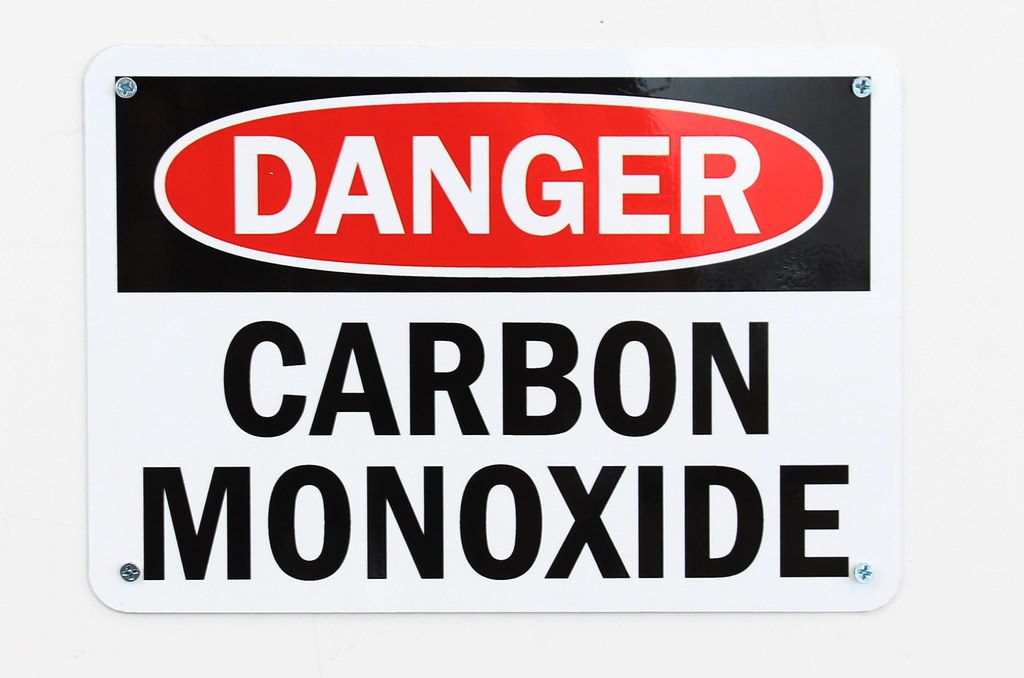
Carbon Monoxide (CO) is a colorless, tasteless, and odorless gas. Every year, hundreds of people in the United States die of CO poisoning. CO is generated from combustion appliances, meaning those that use fuel-gas, oil, kerosene, charcoal, or wood to produce heat. Some of these appliances in and around the home include:
- Cars and trucks
- Dryers
- Gas furnaces
- Gas-powered yard equipment
- Grills – both charcoal and gas
- Hot water tanks
- Ovens
- Tobacco smoke
- Wood-burning fireplace
The number of CO poisoning cases often rise during the winter months when people who are experiencing power outages caused by adverse weather turn to alternative sources of heat, such as portable generators or fuel-burning stoves or heaters.
One generator can produce as much CO as hundreds of cars and can incapacitate and kill a person in only a few minutes. Generators should only be used outdoors and away from any windows, doors or vents.
Signs of low-level CO poisoning can resemble those associated with the flu (headache, nausea, tiredness, weakness, & dizziness). Extended exposure to even low levels of CO can cause brain damage and heart problems. High levels can cause loss of consciousness, coma, and death.
If you feel that you are having any of these symptoms, get fresh air immediately!
Open doors and windows, turn off combustion appliances and leave the house.
- DON’T leave your car idling in the garage – even with the door open
- DON’T use gas-powered equipment or grills indoors or in any other enclosed spaces
- DON’T use your gas oven to heat your home
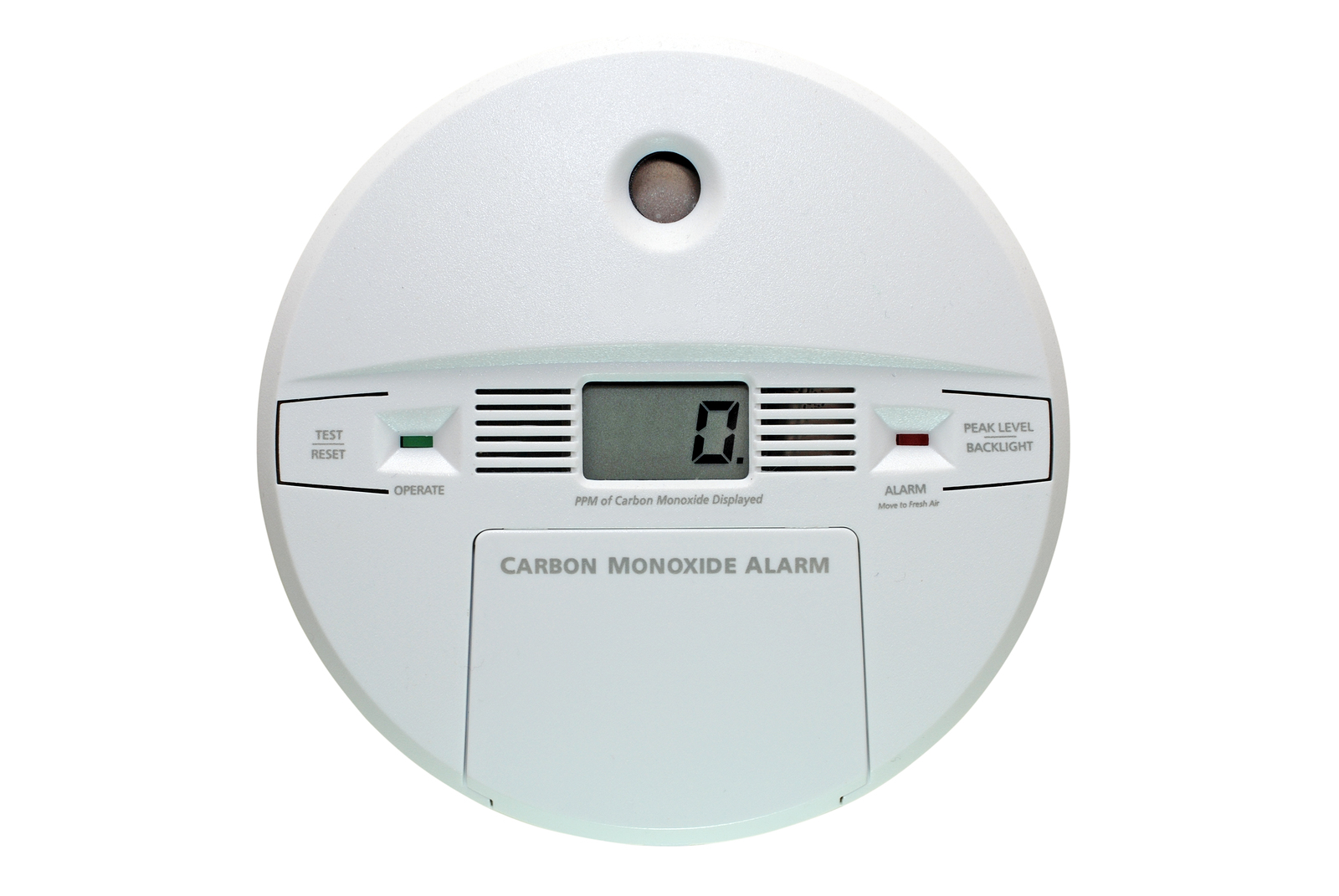
Installing a CO detector in the home is very important. You should also remember to have your furnace and other heating appliances checked at the beginning of every winter season to ensure proper functioning and venting of all combustion gas.
Links
- Centers for Disease Control and Prevention – Frequently Asked Questions About Carbon Monoxide Poisoning
- U.S. Consumer Product Safety Commission – Carbon Monoxide Detectors
- U.S. Consumer Product Safety Commission – Carbon Monoxide Information Center
- U.S. Consumer Product Safety Commission – Generator Information
- U.S. Environmental Protection Agency – Carbon Monoxide Poisoning
Mold & Moisture
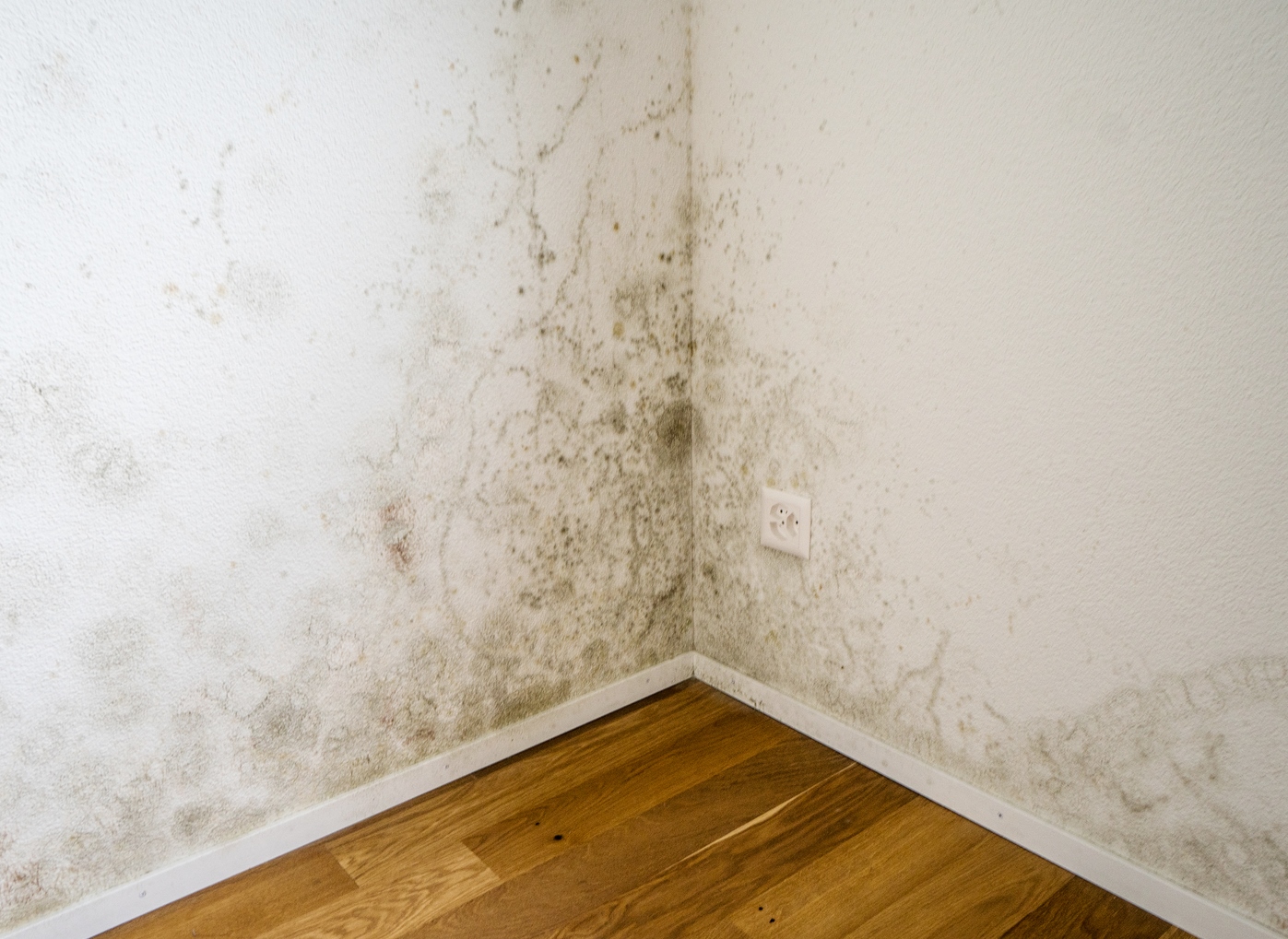
Mold needs moisture in order to grow. Moisture can enter the home through leaks or be generated by the people in the home due to hot showers or cooking. Mold can grow anywhere there is water and a suitable surface. Porous surfaces – carpet, drywall, fabric, paper-based items and wood – retain the water and often stay damp.
There are hundreds of thousands of molds in various colors – black, brown, orange, green, etc. There is no good mold.
Infants, children, elderly, and those persons who are immuno-compromised due to an illness are more at risk for upper respiratory problems. Symptoms can include runny nose, itchy watery eyes, and sore throat. Anyone who has asthma or mold allergies will typically have a reaction. Not all people are affected in the same way.
There are six basic recommended steps for clean-up of visible mold growth. Although cleanup of mold may be conducted by a landlord or homeowner, extensive problems may necessitate the use of a professional. In the event of a flooding event, many different types of items or surfaces may have been impacted by flood waters.
There are currently no established standards for mold, how much visible mold is good or bad, or required certifications needed for those conducting the clean-up procedures.
You can download our fact sheet that will assist you with water removal and mold prevention.
Link – Resources for Flood Cleanup and Indoor Air Quality (US EPA)
Radon
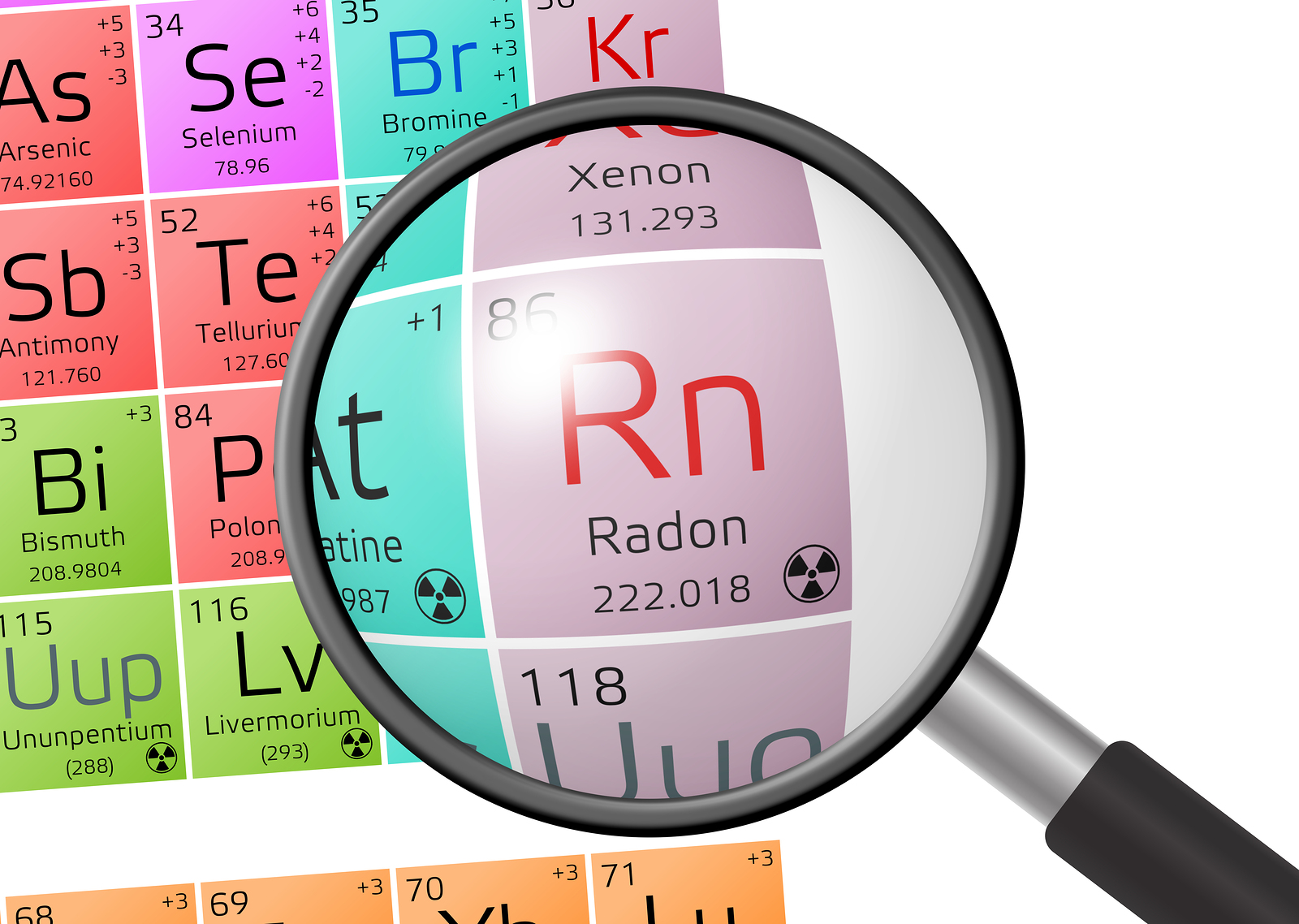
Radon is a naturally occurring, odorless, tasteless radioactive gas. It comes from the earth and may enter your home from below the foundations through cracks in the floors, walls, floor drains, and sump pumps. Radon levels are generally higher in the basement or ground floor rooms that are in direct contact with the soil.
Radon gas can by inhaled and the radioactive particles may cause damage to the lung tissue and initiate lung cancer.
Radon is the second-leading cause of lung cancer in the United States.
Radon may be tested through a short-term test kit, which can be mailed to a laboratory for analysis.
We offer radon test kits for $10. Please call us at 216.201.2000 to learn more.
Links
- Centers for Disease Control and Prevention – Radon In The Home
- CCBH Radon Test Kit Application
- Locate a Licensed Radon Contractor – Ohio Department of Health
- Locate a Licensed Radon Tester – Ohio Department of Health
- Ohio Radon Information
- Radon Publications & Resources – US EPA
Second-hand Smoke

Second-hand smoke is the combined smoke from the cigarette/cigar/pipe and the exhaled smoke from the person smoking. This smoke has a high concentration of cancer-causing agents (carcinogens). The more second-hand smoke you are exposed to, the higher the level of these harmful chemicals in your body.
In the United States alone, each year second-hand smoke is responsible for:
- An estimated 46,000 deaths from heart disease
- About 3,400 lung cancer deaths
- 50,000 to 300,000 lung infections (such as pneumonia and bronchitis) in children younger than 18 months of age, which result in 7,500 to 15,000 hospitalizations annually
- Increases in the number and severity of asthma attacks in about 200,000 to 1 million children
- More than 750,000 middle ear infections in children
- Pregnant women exposed to secondhand smoke are also at increased risk of having low birth-weight babies
In December 2006, the Smoke Free Workplace became law in Ohio. This law requires any establishment that has an employee or invites the public to enter to be smoke-free. The law does not apply to homes, cars or outdoor areas.




